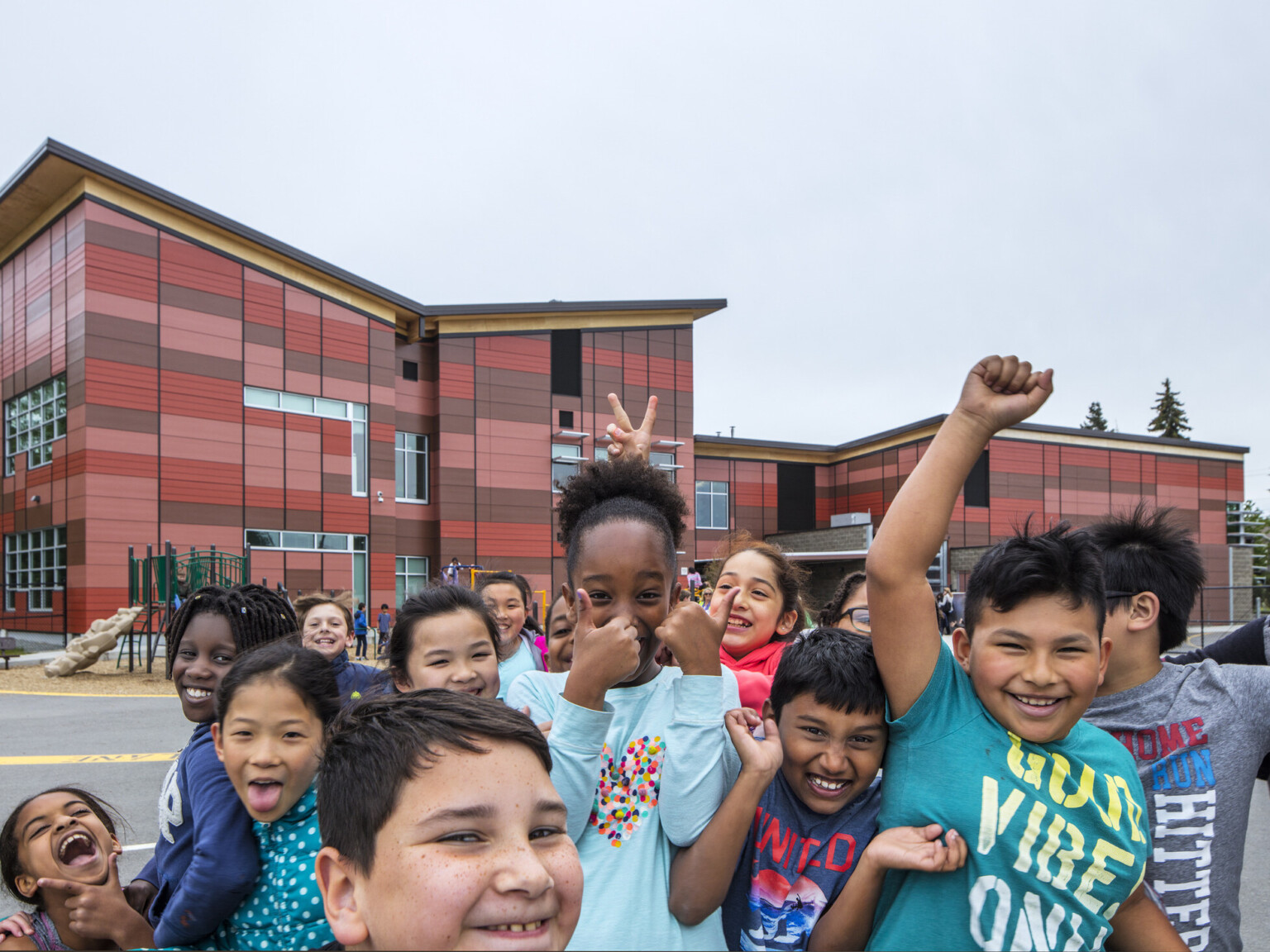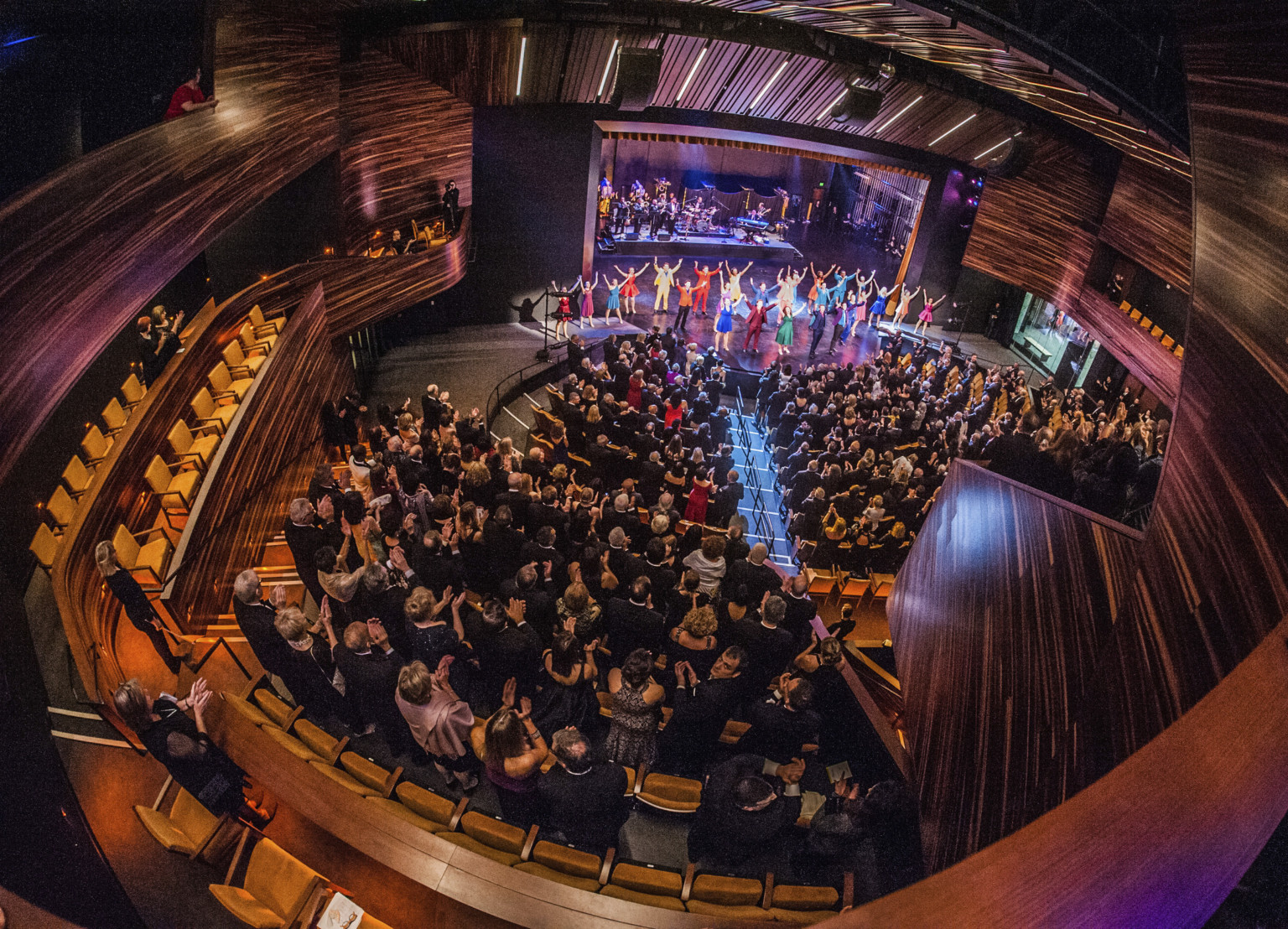
Financial Considerations for (Re)Opening Night
Shelter-in-place orders and required closing of non-essential business operations have forced performance operators and building owners into an all-stop mode requiring most to reduce staff, postpone/cancel performances or seasons outright, and refund essential ticket and rental revenue. For organizations with significant financial reserves, the current situation has forced prioritization of essential services and a shift towards digital outreach to current subscribers to continue the engagement with audiences. Other organizations without the financial resources beyond general operating costs have had to curtail most, if not all, of their programming.
A soft opening of smaller performances with fewer audience members will most likely be the normal operating mode until such a time that patrons and staff feel safe to do more. Social distancing guidelines set out by the Center for Disease Control and local authorities will have a negative impact on revenue as, more than likely, your venue will have occupancy limits. The reduction in seating capacity needed to meet distancing guidelines of approximately two meters, or six feet, may result in higher ticket prices to offset loss of revenue, putting the performance out of reach for younger or new audiences who may have less disposable income.
This situation has also impacted potential expenditures beyond normal operating costs as the performing arts community looks for ways to re-engage with their patrons and artists in a safe and productive way with minimal compromises to the quality of their productions. We have identified the following key financial opportunities:
Extended Hours of Operation
Although offering extended hours could be seen as a potential negative, the opportunity exists to entertain, inform, and engage patrons in a meaningful way. This level of commitment to your patrons encourages repeat visits for future productions or showcases other revenue generating occasions.
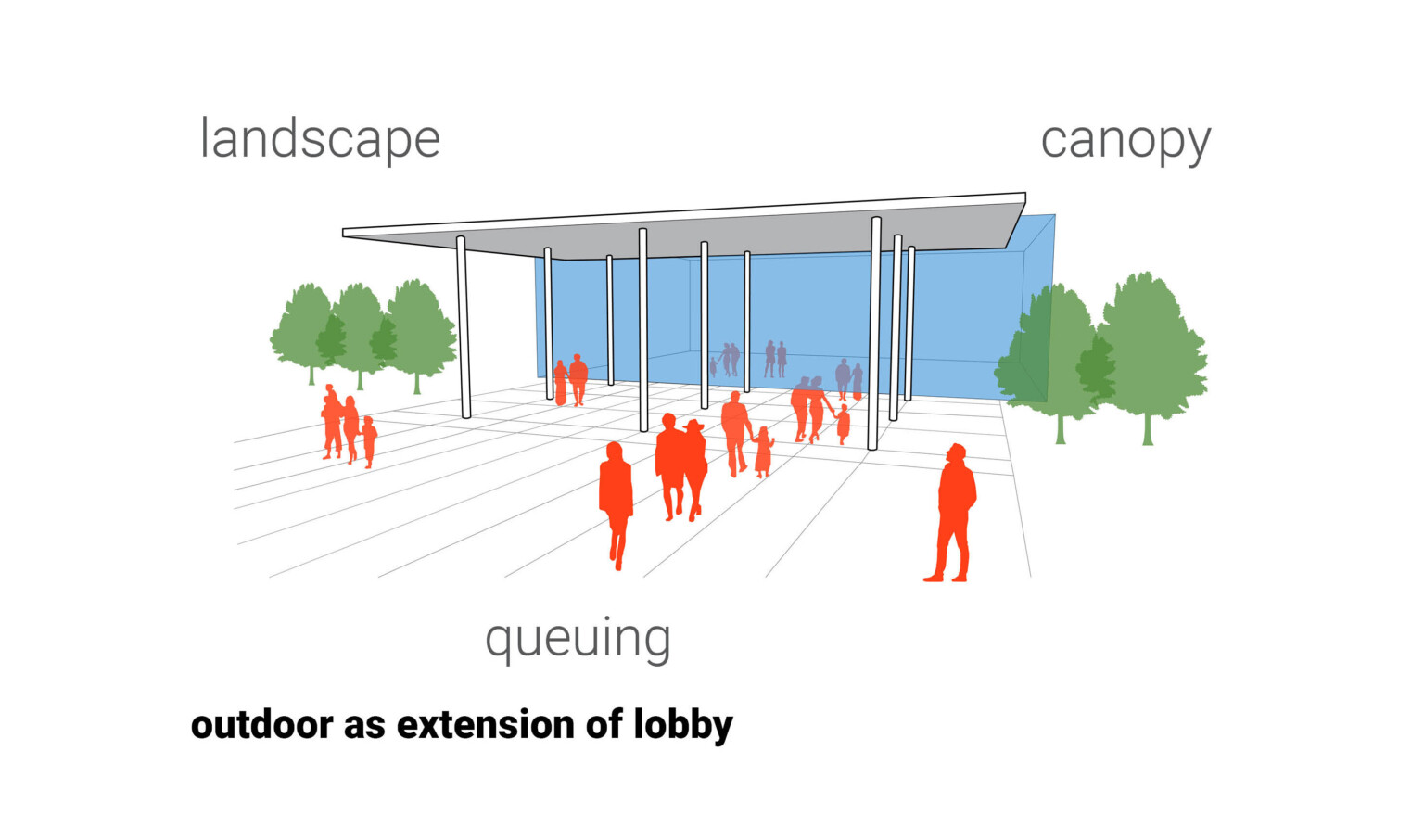
Alternate Pricing Models
Many venues are looking at how best to restructure seating configurations in an optimal way to maximize the audience, even at a reduced capacity. Our recommendation is a fluid approach based on demand and grouping sizes. Dynamic seating can positively influence ticket segmentation and special access, which could be based on volume of patrons offered special pricing accommodations for attending in a group within the same family, thereby mitigating social distancing rules. Offering this flexibility, whether by performance or in a season subscription, can have positive impacts on earned ticket revenue.
Alternative/New Revenue Production
Expanded outreach and educational programming, including using technology to reach more patrons, can become revenue streams that are either advertised during extended hours or even provided during those hours.
Develop New Media Technologies and Experiential Design
New media technologies and mediated architecture that provides an immersive experience could become potential revenue-generating sources. This same level of technology can work to your advantage in branding, messaging, and storytelling beyond the stage to attract visitors.
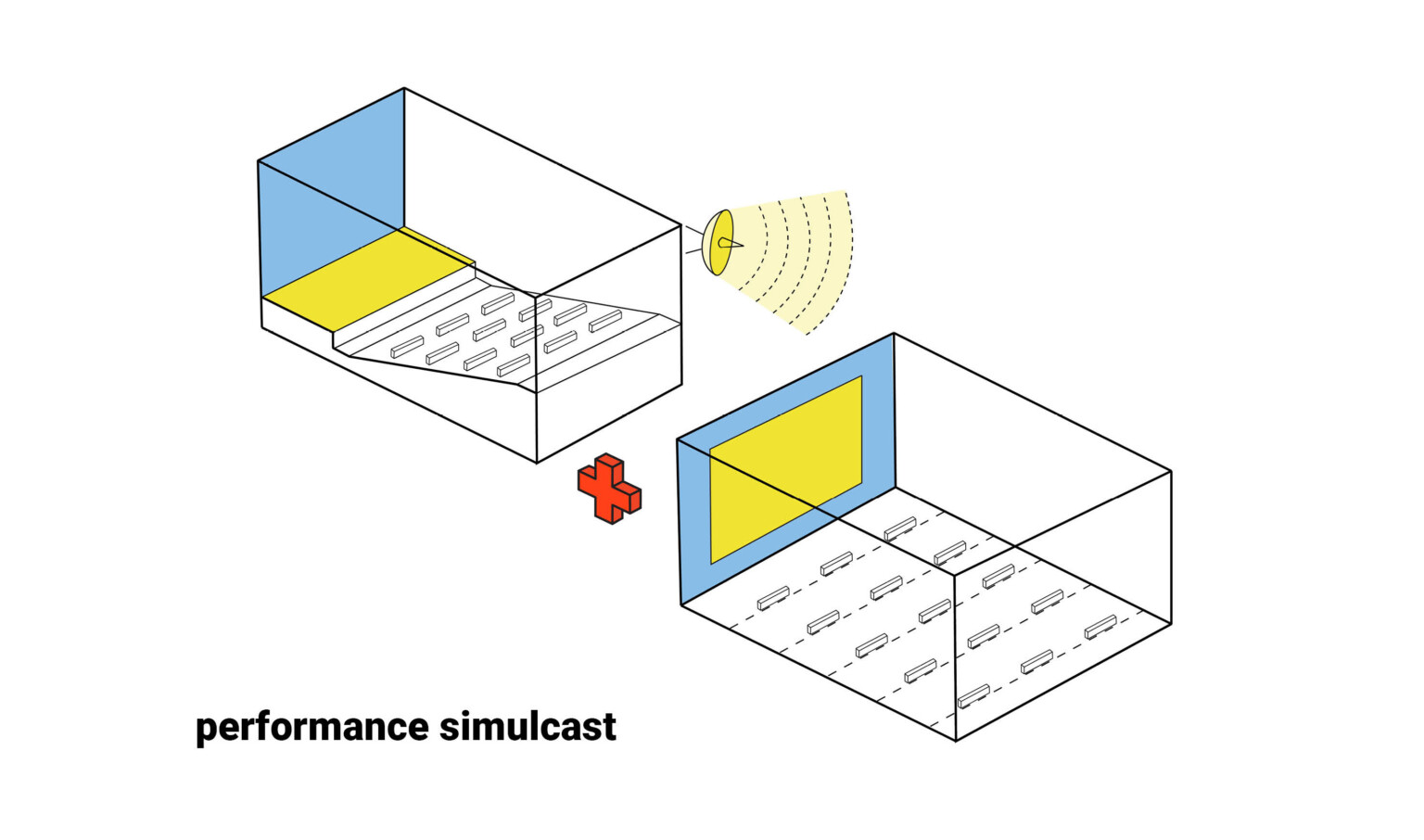
Rental Stock Improvements
Now is the perfect time to take a comprehensive inventory of your venue’s assets, including costumes, props, scenic elements, and other assets that can help to reduce future expenditures and generate revenue through rental programs or sales. Left-over storage space could be leased to other organizations as an additional revenue source.
Flexibility in Utilizing of Ancillary Spaces within Your Venue
Similar to back-of-house and outdoor spaces, opportunities exist within ancillary spaces such as rehearsal rooms, conference rooms, and donor lounges that can be converted to house smaller shows, play readings, overflow, or other non-performance related events. Permanent and portable technologies can be used to transform these areas into viable spaces to generate revenue when otherwise unoccupied.
Reduction of Operating Expenses
Strategies to reduce operating expenses include a materials analysis to find the most frequently used materials and efficiencies in construction methods for scenic, props, costumes, and the like through reduction of production elements, rentals into a production, or through partnerships with allied organizations for bulk purchasing.
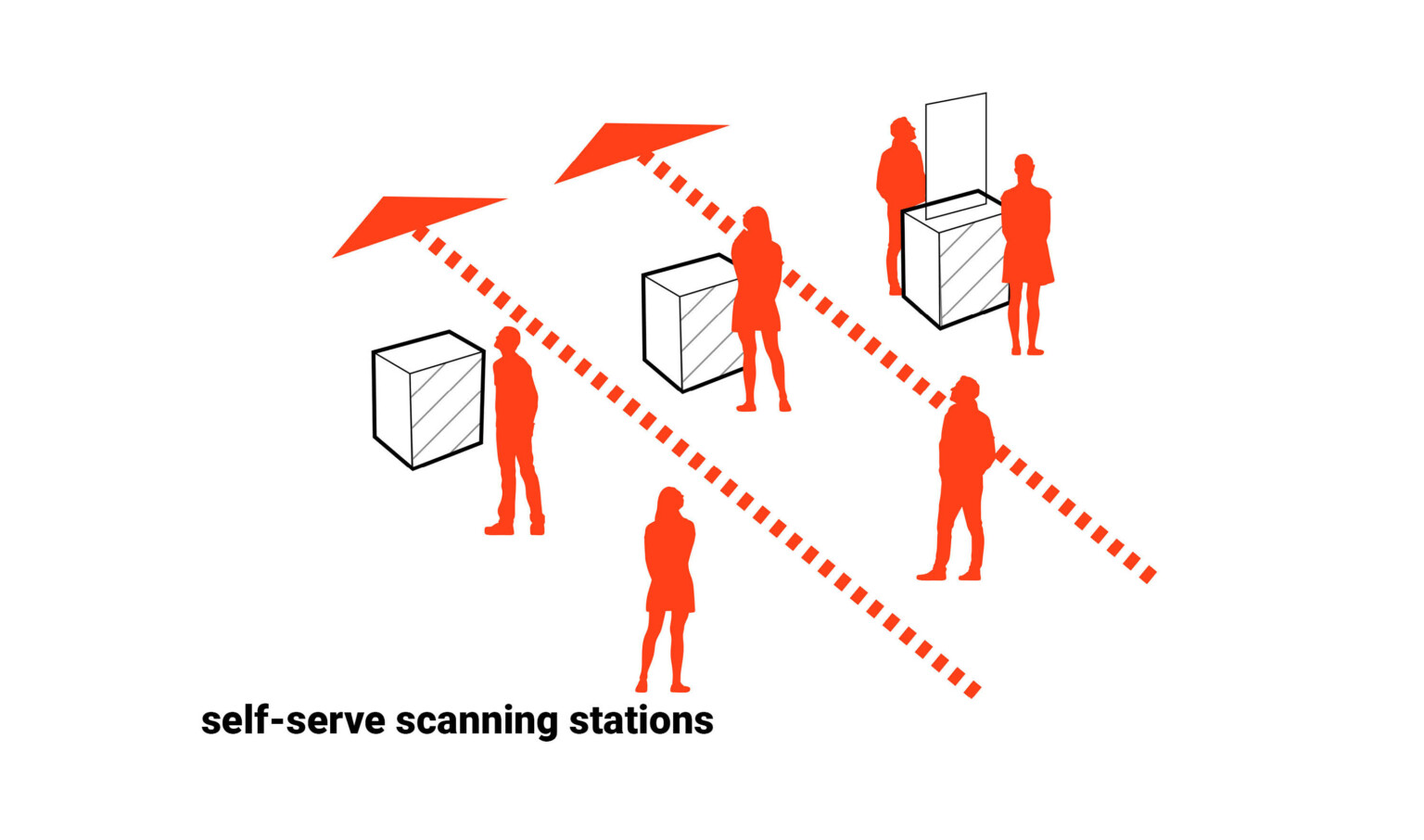
Look for ways to fill more seats with fewer performances and to reduce show lengths or days in run by examining production run schedules. Strategies for front-of-house may include app development that allows for touchless ticketing while also providing opportunities to improve revenue streams by allowing in-app purchases for concessions, merchandise, and future performances in real-time. Apps also provide the benefit of data mining and data analytics that allow you to better target audiences with custom-tailored content for a more personalized experience while reducing printing and marketing costs.
Read our operations considerations to help the performing arts community safely re-engage their patrons and artists without compromising the quality of their productions.
